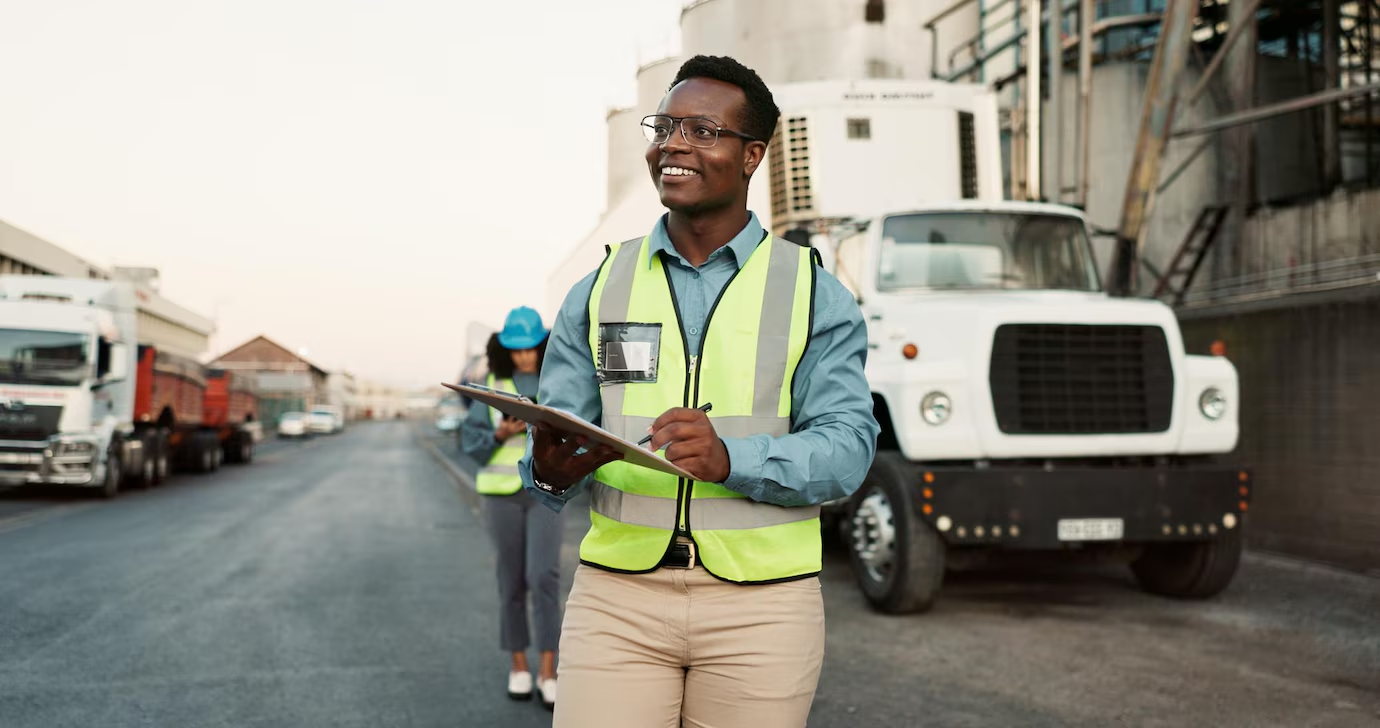Botswana’s central location in Southern Africa presents both opportunities and challenges for its trade and logistics sector. As a landlocked country, it relies entirely on its neighbours—particularly South Africa, Namibia, and Mozambique—for access to seaports and global markets. While the country has made significant strides in developing infrastructure, navigating Botswana’s landlocked logistics challenges remains a critical issue for businesses, exporters, and investors.
Understanding these challenges—and the strategies to overcome them—is essential for anyone operating in or entering the Botswana market.
1. Limited access to ports and maritime trade
One of Botswana’s biggest logistical hurdles is the lack of direct access to seaports. Goods destined for international markets must pass through third-party countries, mainly via the ports of Durban (South Africa), Walvis Bay (Namibia), and Maputo (Mozambique). This dependency exposes the country to port congestion, cross-border delays, and increased freight costs.
To mitigate this, Botswana has invested in regional partnerships like the Walvis Bay-Ndola-Lubumbashi Corridor, which offers a shorter route to the Atlantic coast, and the Kazungula Bridge, which connects Botswana to Zambia and further opens up northern trade routes. Diversifying trade corridors reduces over-reliance on any single port and improves resilience.
2. Cross-border bottlenecks and customs delays
Moving goods across borders can be time-consuming due to paperwork, customs inspections, and varying regulations between countries. These delays not only slow down delivery times but also increase transport costs and reduce competitiveness.
To navigate this, Botswana is actively participating in regional harmonisation efforts under the Southern African Customs Union (SACU) and the African Continental Free Trade Area (AfCFTA). Traders can also take advantage of the Botswana Unified Revenue Service (BURS) electronic customs system, which speeds up clearance by allowing pre-submission of documentation and improved tracking.
3. High transport costs
Transporting goods by road over long distances is expensive, especially for bulky or low-value items. Botswana’s major population centres—such as Gaborone, Francistown, and Maun—are connected by decent road infrastructure, but fuel prices, tolls, and vehicle maintenance still contribute to high logistics costs.
One solution is to optimise load consolidation, where goods from different clients are grouped into a single shipment. Businesses can also reduce costs by partnering with established logistics providers that have cross-border experience and negotiated freight rates. Moreover, increasing use of rail transport—particularly on the Trans-Kalahari and Botswana Railways networks—offers a cheaper, although slower, alternative for bulk cargo.
4. Infrastructure limitations in rural areas
While urban logistics in Botswana are relatively efficient, transporting goods to and from rural or remote areas remains a challenge. Limited road coverage, poor road conditions, and minimal warehousing options in outlying regions can cause delays and product losses.
Businesses looking to serve rural markets must plan carefully. Using hub-and-spoke distribution models, mobile depots, and partnering with local transporters who understand the terrain can improve reach and reliability. Investing in weather-resistant packaging and buffer stock can also help manage delivery uncertainties in these regions.
5. Digital gaps in logistics operations
Efficient logistics today requires real-time tracking, inventory management, and digital communication. However, some areas of Botswana still lack consistent internet connectivity, and many small logistics providers have yet to fully digitise their operations.
To overcome this, businesses should invest in cloud-based logistics software, mobile-enabled communication tools, and GPS tracking to manage fleets and cargo. Working with tech-savvy logistics partners who offer integrated digital platforms can improve transparency, speed, and customer satisfaction.
6. Regulatory compliance and documentation
Navigating import/export regulations, especially across multiple countries, can be complex. Each route into or out of Botswana involves customs rules, product standards, and licensing requirements that must be adhered to.
To manage this, companies should:
- Work with freight forwarders and customs brokers familiar with regional rules
- Keep up-to-date with trade agreements like SACU and SADC trade protocols
- Maintain clear and complete documentation to avoid penalties or delays
Botswana’s government has also introduced the National Single Window, which will eventually allow traders to submit all cross-border trade documentation electronically in one place.
While Botswana’s landlocked status presents logistical hurdles, these challenges are not insurmountable. With the right strategies—such as using diversified trade corridors, embracing digital tools, collaborating with regional logistics partners, and leveraging cross-border trade agreements—businesses can operate efficiently and competitively in the country.
By understanding and adapting to the realities of Botswana’s logistics landscape, companies can turn geographical constraints into strategic advantages and tap into the country’s growing regional and international trade potential.










